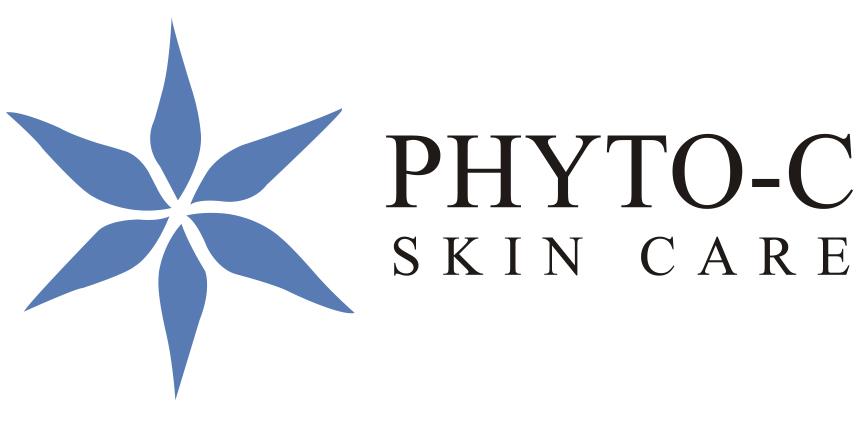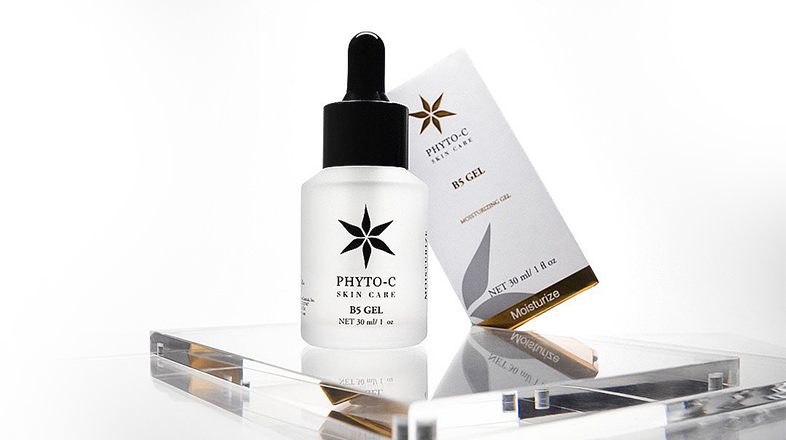If you’re shopping for your next vitamin C product, here are three things to look for:
- Is the vitamin C in the form of L-Ascorbic Acid?
- Is the concentration of vitamin C (LAA) more than 20%?
- Is it an aqueous based solution?
The perfect vitamin C skin care product should be the center of every skincare regimen. Every good skin care regimen that is. What actually shocks me is that people are willing to spend several hundreds of dollars for products recommended by their dermatologist. That’s fine, although your derm isn’t a formulator and is just as reliable as Wikipedia is when it comes to the best skincare products let alone the perfect vitamin c skin care product. This may not apply to all derms but I highly suggest you do your own research before you shell out fifty or more dollars on a product. That’s why you shouldn’t believe me either. You should believe the peer-reviewed research that isn’t affiliated with any company in particular.
What is Vitamin C and Why is it Important?
Vitamin C also known as L-Ascorbic Acid (LAA) is the most abundant water-soluble antioxidant found in your skin that is continuously depleted as environmental aggressors constantly attack it. Therefore, vitamin C constantly needs to be replenished and supplemented with more vitamin C in the form of L-Ascorbic Acid to properly protect your skin from being damaged and expediting the premature signs of aging.(1) Besides wrinkles being the antichrist of aging, vitamin C plays an extremely important role in photoprotection, neocollagenesis, inhibition of melanogenesis and improvement of a variety of inflammatory skin disorders.
The question that must be in the back of everyone’s mind; “If I need more vitamin C, why don’t I just go to my local pharmacy and pick up some over-the-counter for $9.99 that has vitamin C and some hyaluronic acid and I’m all set? Let’s take a quick look at all the “vitamin c’s” out there.
Ascorbic acid
Sodium Ascorbyl Phsophate
Magnesium Ascorbyl Phosphate
Ascorbyl Palmitate
Ascorbyl tetraiso-palmitate
Ascorbyl glucoside
Ascorbyl 2-phosphate 6 palmitate
3-O-ethyl ascorbate

Source: Stamford, N. P. (2012), Stability, transdermal penetration, and cutaneous effects of ascorbic acid and its derivatives. J Cosmet Dermatol, 11: 310-317.
Why are other vitamin C skin care products useless?
The most critical aspect of a vitamin c formulation is if it even penetrates the skin expressed above as percutaneous absorption. The perfect vitamin C skin care products were formulated by Dr. Mostafa Omar and previously manufactured for some of the largest skin care companies spanning from the discovery in 1995 until 2005 and are now exclusively sold under the Phyto-C Skin Care brand. Every form of vitamin C besides L-Ascorbic Acid listed above needs to be CONVERTED into Ascorbic Acid for it to be effective which occurs AFTER it’s applied. Therefore, the different molecular forms of vitamin c formulations must first penetrate the skin and undergo successful conversion.
What Vitamin C Skin Care product should I buy?
After scrolling through top ten vitamin C products on amazon; they either contain the following derivates, sodium ascorbyl-phosphate and magnesium ascorbyl-phosphate. These vitamin c salts are stable in solution at about pH 7. Ascorbyl phosphate salts are therefore not antioxidants either, which is why they must first be converted into ascorbic acid. Confirmation of skin penetration, absorption, and conversion to ascorbic acid has been demonstrated for magnesium ascorbyl-phosphate. This is good right?! Sure, but with the increased charge density (remember optimal pH for skin penetration for vitamin C must be below 4.2)(1), skin penetration presents an even greater challenge. It has been demonstrated that topically applied ascorbyl phosphate salts are poorly absorbed if at all in comparison with ascorbic acid.(1)
Not all Vitamin C’s are created Equal:
Companies are notorious for one-off antioxidant assays to persuade you into buying their product over a competing product. Literally almost everything is an antioxidant these days which is why the proper question that should be asked is if the product is being absorbed or penetrating the skin. For example, conflicting studies have shown sodium ascorbyl-phosphate was not observed to penetrate the epidermis while it has in another. In another experiment, only ascorbic acid and not magnesium ascorbyl-phosphate improved skin barrier function suggesting a difference in rates of skin penetration. (2) In conclusion, vitamin c derivatives work 50% of the time, every time.
What about L-Ascorbic Acid that is not dissolved in water?
Now that we have established a vitamin C formulation must be in the form of L-Ascorbic acid to be effective; we need to further discuss another issue that companies are trying to use to market to unsuspecting consumers. Companies have figured out how to stabilize vitamin C in a non-aqueous based gel compromised of mostly of silicone. These companies do not have peer reviewed percutaneous studies or any studies for that matter but charge $85.00 for it? Interesting. Obviously it’s more stable because it’s not in a water-based formula which is the issue why LAA is inherently unstable. Using another “formula base” that doesn’t allow vitamin C to oxidize without substantiating its effects are equally as bad as vitamin c derivatives that play on unsuspecting consumers that think all vitamin C’s are created equal.
The Perfect Vitamin C Skin Care Product:
In order to make sure you are buying the most effective skin care products, you must be sure your vitamin C formulations are in the form of L-Ascorbic Acid, they are in an aqueous (water) based solution, the pH should be below 4.2, and the concentration of vitamin C to be below 20%.
Vitamin C oxidizes relatively quickly once opened and exposed to oxygen, warm temperatures, and light. Therefore, you should keep your vitamin c formulations in a cool, dark place such as the refrigerator.
Sources:
- https://onlinelibrary.wiley.com/doi/abs/10.1046/j.1524-4725.2001.00264.x
- https://www-ncbi-nlm-nih-gov.uri.idm.oclc.org/pubmed/23174055




 Next Post
Next Post